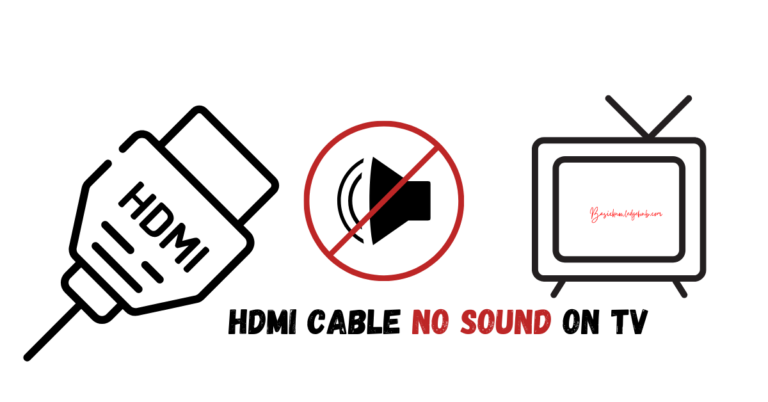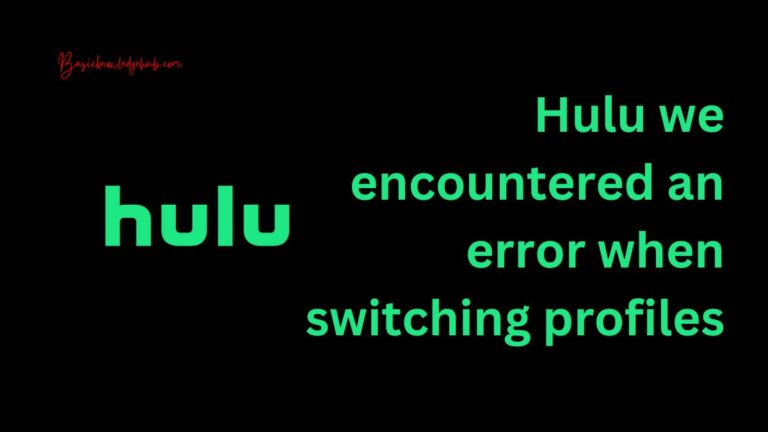If An Error Requires A Correcting Entry- The Source Document Describing The Correction To Be Made
Imagine executing a financial transaction, only to later find out that an error has taken place. The disconnections, reversals, and inaccuracies present due to such errors can disrupt the running smoothness of financial operations within an organization. Then comes the concept of correcting entry – a significant tool that rectifies the errors precisely. This article will walk you through what a correcting entry is, the relevance of source documents in making corrections, and the process of generating the correcting entry using the source document.
Understanding the Concept of Correcting Entry
Indeed, every person capable of making transactions can make a mistake, and businesses are no exceptions. So, where do correcting entries come into play? Grounded within the realm of accounting, correcting entries are changes made to the general ledger to fix any errors discovered after an entry has been posted. The main objective is to ensure that every financial transaction aligns with the Generally Accepted Accounting Principles (GAAP).
Role of Source Documents in Correcting Entries
Before delving into the practical aspect of crafting a correcting entry, we need to take a quick peek at source documents. These include any physical or electronic records that provide key details about a transaction. Receipts, invoices, contracts, or even emails could serve as source documents. In the context of correcting entries, source documents act as the definitive evidence describing the correction to be made.
Not only do source documents allow for error detection; they also provide all the necessary details to craft a precise correcting entry. As a result, they serve as the backbone for error rectification within the financial framework of an organization.
The Process: Making Corrections with Source Documents
The first step in generating the correcting entry is locating and analyzing the source document associated with the error. This will provide insights into the nature of the error and the steps needed to correct it.
The second step involves determining whether the error was made in overstating or understating an account. For instance, if an expense should have been $500, but $800 was recorded instead, this signifies an overstatement. This information guides the changes to be made in the correcting entry.
The third step is to craft the correcting entry to set the records straight. Correcting entries generally involve two accounts – the one affected by the error and the one that will correct the error. If an account was overstated, the correcting entry would decrease its total, while an understatement would require an increase.
Finally, ensure that the correcting entry is well-detailed and supported by the information from the source document. It should be clear that it is a correcting entry, hence should be marked as such. This keeps your books transparent and shows that mistakes were acknowledged and corrected accordingly.
The Power of a Correcting Entry
Time and accuracy are two of the most critical factors in financial management. A correcting entry, backed by a solid source document, can help an organization save time and maintain the integrity of its financial records. So, embrace this tool and the power of source documents. However, while correcting entries can be a lifesaver in case of errors, it is always better to strive for accuracy right from the start to reduce the need for corrections.
In conclusion, rectifying errors via a correcting entry is a vital process that can significantly impact an organization’s financial health. Recognizing and acknowledging errors not only aids in maintaining clean financial records but also supports the business’s overall credibility and fiscal responsibility.




